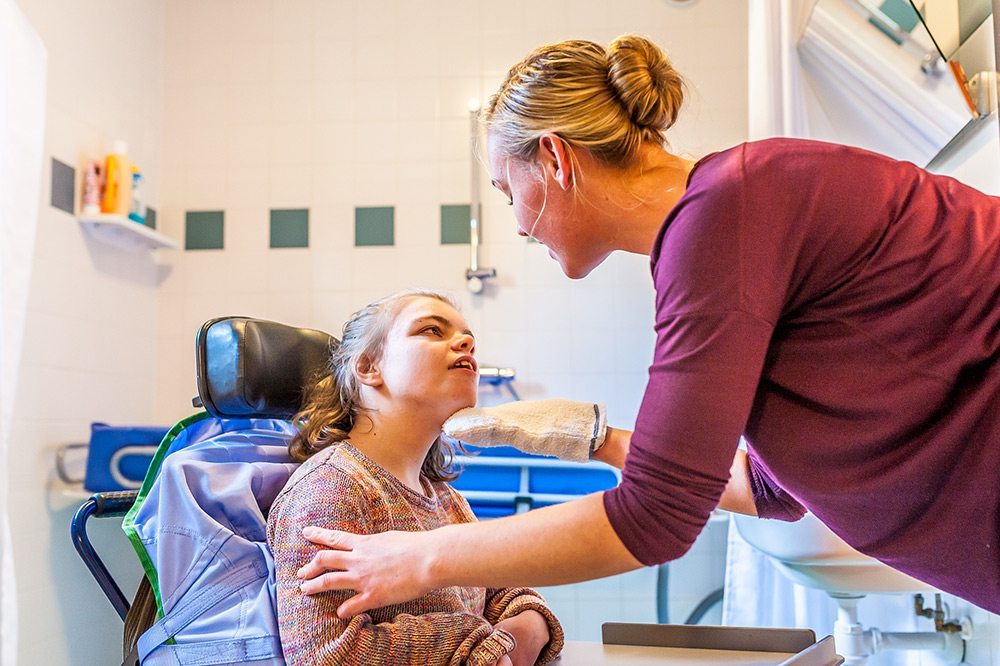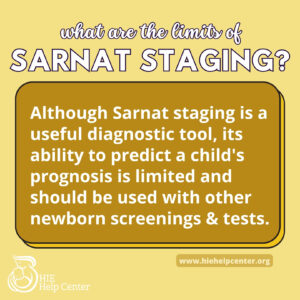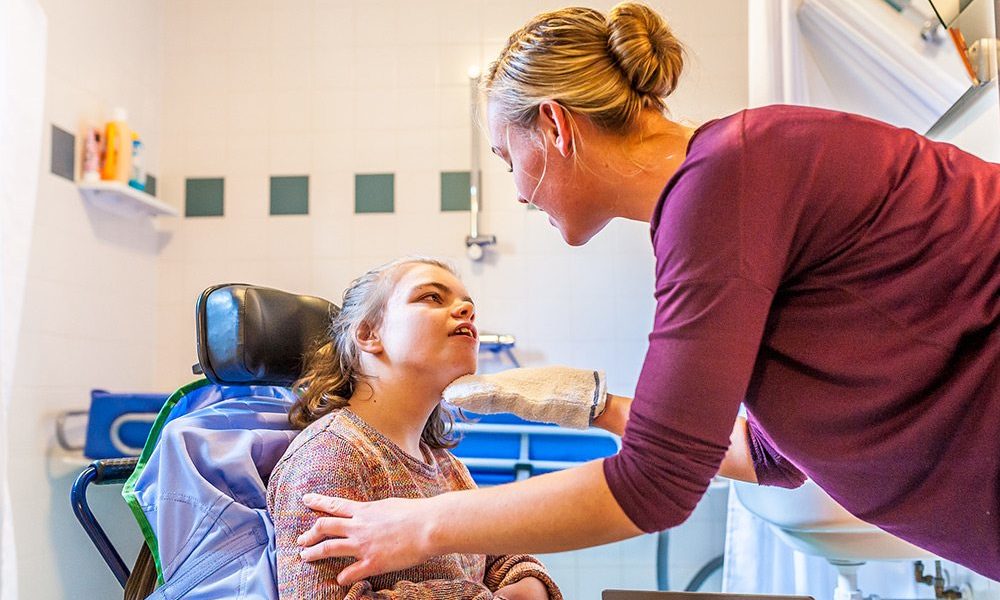The long-term outcomes of babies born with hypoxic-ischemic encephalopathy (HIE) can vary widely, from no lasting effects to extensive physical and intellectual impairment requiring 24/hour care.
How is the severity of HIE determined?
How severely HIE affects an individual depends on a variety of factors, including:
 1. Severity of oxygen deprivation
1. Severity of oxygen deprivation
If a baby’s oxygen supply is dramatically or entirely cut off, their lasting brain damage may be greater.
2. Duration of oxygen deprivation
Babies deprived of oxygen for longer are more likely to have permanent health complications.
3. The baby’s condition prior to the oxygen-depriving incident
For example, premature babies have more fragile brains and are more vulnerable to damage resulting from oxygen deprivation.
4. Treatment immediately after the oxygen-depriving incident
A cutting-edge treatment called therapeutic hypothermia can minimize or prevent lasting brain damage if administered very shortly after the baby is deprived of oxygen (this treatment is so important that failure to provide it in a timely manner is a form of medical malpractice).
5. Care throughout the child’s development
There are a variety of treatments and therapies that can benefit children with HIE and associated conditions.
 What is Sarnat staging?
What is Sarnat staging?
To determine the prognosis of an infant with HIE after birth, doctors may use Sarnat staging. Sarnat staging considers clinical presentation, exam results, illness duration, and whether the baby has seizures. There are three levels of Sarnat staging (1):
Stage I = “Mild” HIE
Stage II = “Moderate”
Stage III = “Severe”
Although Sarnat staging is a useful diagnostic tool, its predictive value is somewhat limited. It should be used in conjunction with other neonatal assessments (2, 3).
Long Term Outcomes & Related Conditions
The ways in which HIE affects an individual baby may not be completely clear until they grow older and begin to miss developmental milestones. Kids with HIE may be diagnosed with related conditions, such as:
Although many of these conditions are not curable, symptoms and quality of life may be improved with a variety of treatments/therapies, assistive and adaptive technologies, service animals, and other supports.
About the HIE Help Center and ABC Law Centers
The HIE Help Center is run by ABC Law Centers, a medical malpractice firm exclusively handling cases involving HIE and other birth injuries since the firm’s inception in 1997.
If you suspect your child’s HIE may have been caused by medical negligence, contact us to learn more about pursuing a case. We provide free legal consultations, during which we will inform you of your legal options and answer any questions you may have. Moreover, you would pay nothing throughout the entire legal process unless we obtain a favorable settlement (no fee unless we win!)
Sources
- Sarnat, H. B., & Sarnat, M. S. (1976). Neonatal encephalopathy following fetal distress: a clinical and electroencephalographic study. Archives of neurology, 33(10), 696-705.
- Liauw, L., Van Der Grond, J., Van Den Berg-Huysmans, A. A., Laan, L. A. E. M., van Buchem, M. A., & van Wezel-Meijler, G. (2008). Is there a way to predict outcome in (near) term neonates with hypoxic-ischemic encephalopathy based on MR imaging?. American Journal of Neuroradiology, 29(9), 1789-1794.
- Wu, Y. (n.d.). Clinical features, diagnosis, and treatment of neonatal encephalopathy. Retrieved March 29, 2019, from https://www.uptodate.com/contents/clinical-features-diagnosis-and-treatment-of-neonatal-encephalopathy

